My first experience of being a wedding guest as an adult involved a fascinator that can only be described as an assault on good taste. It was 2008, I was 22, and I’d spent an eye-watering amount on a contraption that looked like a small alien spacecraft had crash-landed onto the side of my head. It featured feathers, netting, and for reasons I still cannot fathom, small pearl-like beads on wires that bobbed disconcertingly whenever I moved. The wedding photographer actually asked me to remove it during the group shots. I’ve still not forgiven him, though in retrospect, he was absolutely right.
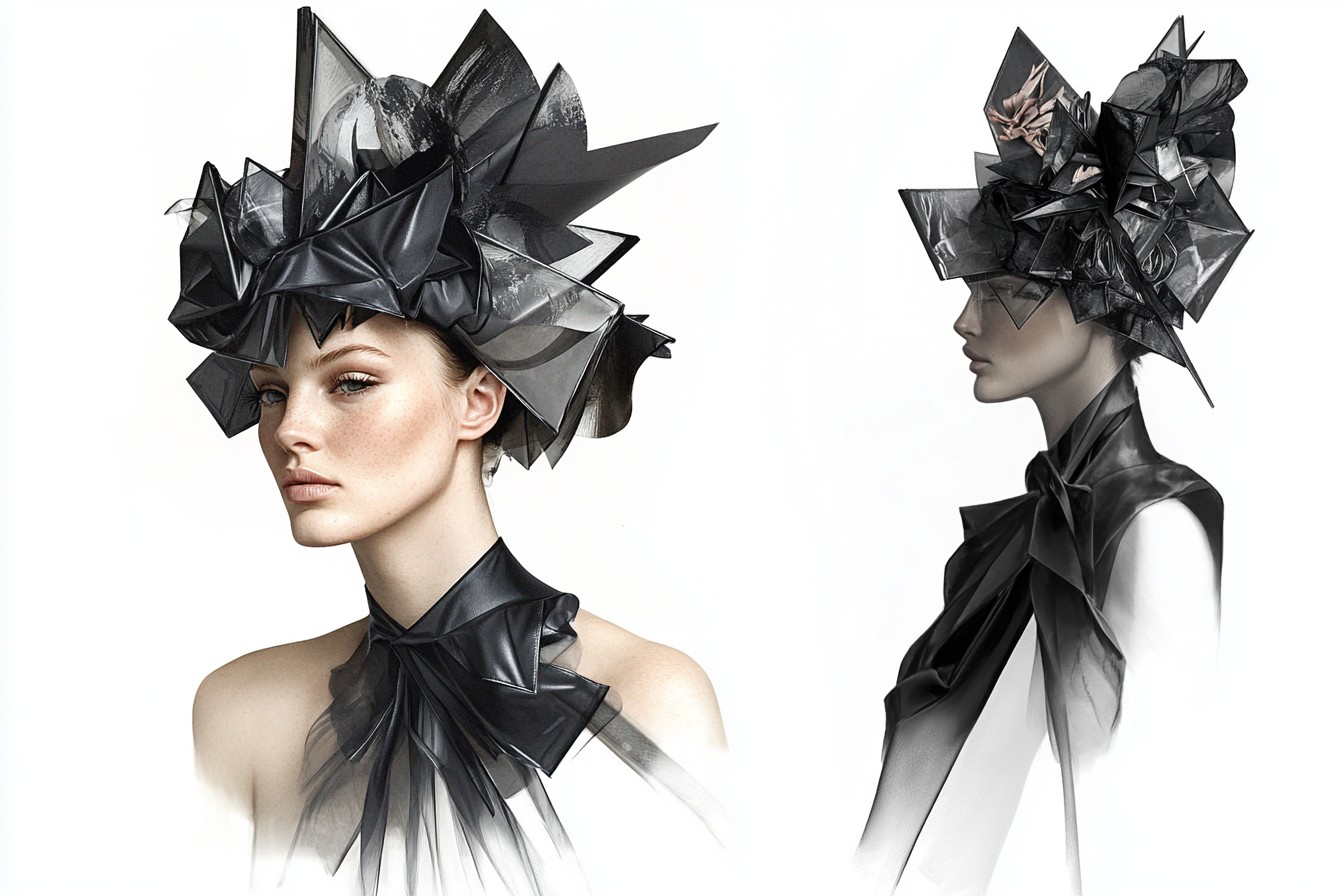
The fascinator trauma wasn’t the worst part. I’d also bought a matching skirt suit in a pale lilac shade that made me look like I was auditioning for the role of “ambitious young bank manager” in a low-budget ITV drama. To complete this masterpiece of wedding guest miscalculation, I’d opted for shoes with a heel height that could only be navigated by someone with advanced tightrope-walking skills—which I did not possess, particularly after the third glass of champagne.
By the time the dancing started, I’d abandoned the fascinator to the cloakroom, was barefoot, and had switched my suit jacket for a borrowed cardigan after someone spilled red wine down my back. In short, I was a hot mess, but a valuable lesson had been learned: traditional British wedding guest attire may look great in theory but can be an absolute liability in practice.
In the fifteen years since that fateful lilac suit (which, for the record, has never been worn again and was recently discovered in my parents’ loft, preserved like an artifact from a particularly tasteless historical period), I’ve attended roughly 40 weddings. That’s approximately 40 attempts to strike the elusive balance between looking appropriately celebratory and being able to actually enjoy myself without outfit anxiety. Some have been more successful than others.
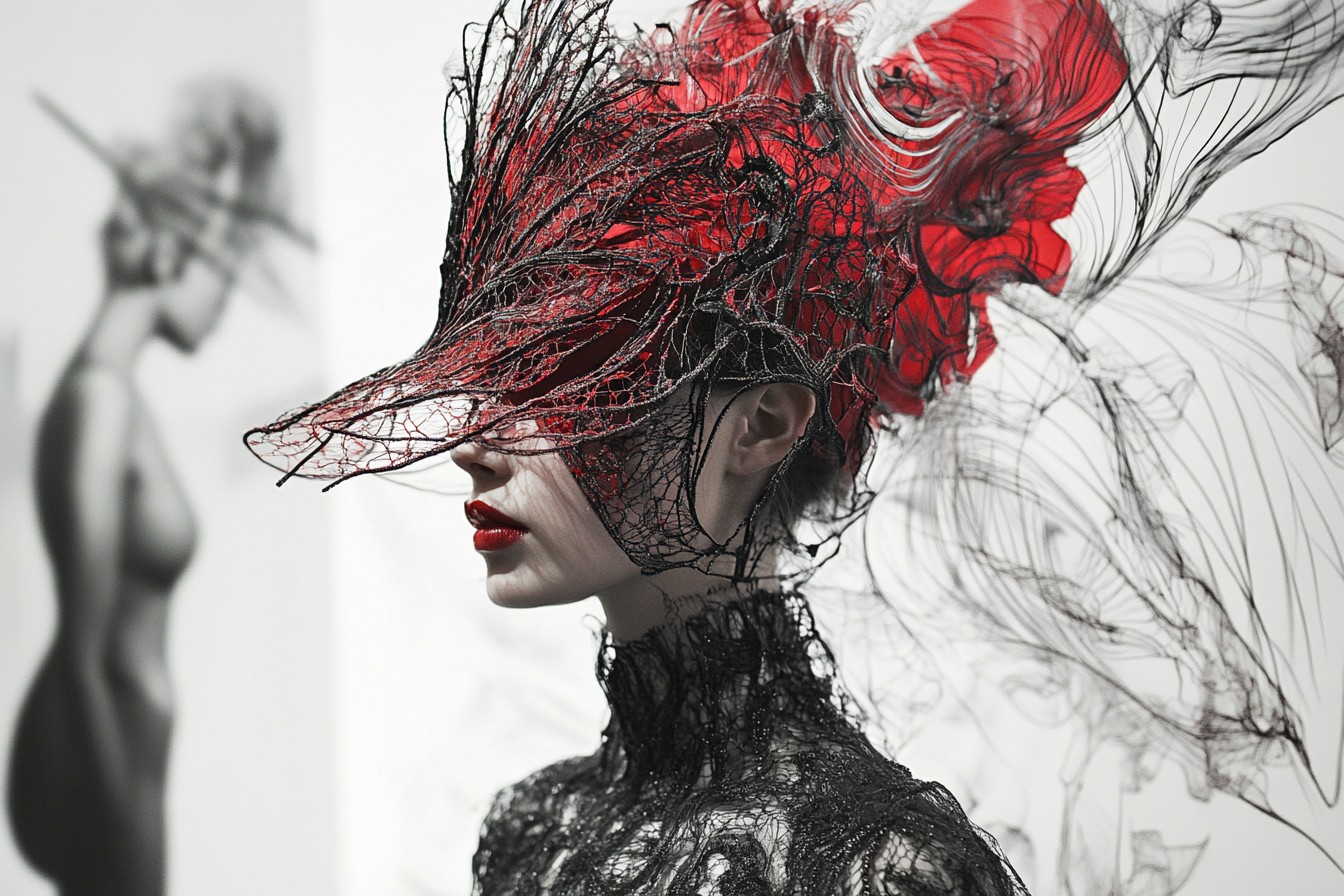
What I’ve observed over this time is a fascinating evolution in British wedding guest dressing—a gradual but definite shift away from the formal, matchy-matchy traditionalism of suits, strict dresses, and obligatory head accessories toward something more individual, comfortable, and frankly, more modern. It’s not that formality has disappeared entirely, but rather that it’s been redefined in ways that make much more sense for contemporary life.
The change became particularly noticeable around 2015, when my friend Leila got married and explicitly wrote “No fascinators, please—we’d rather see your lovely faces” on the invitation. There was an almost audible sigh of relief from the female guests, who were saved from both the expense and the inevitable headache that comes from having something pinned to your skull for ten hours straight. Instead, guests turned up in everything from elegant jumpsuits to vintage tea dresses, and the mood was noticeably more relaxed. People danced more freely without fear of their headgear taking someone’s eye out.
This shift has continued, accelerated by both practical considerations (the astronomical cost of attending weddings making multi-wear outfits more appealing) and changing attitudes toward personal style. The pandemic’s interruption to the wedding industry seems to have cemented the change—when celebrations finally resumed, there was a sense that the old rules no longer quite applied. Couples had waited so long to celebrate that prescriptive dress codes felt less important than just having everyone there, however they came dressed.
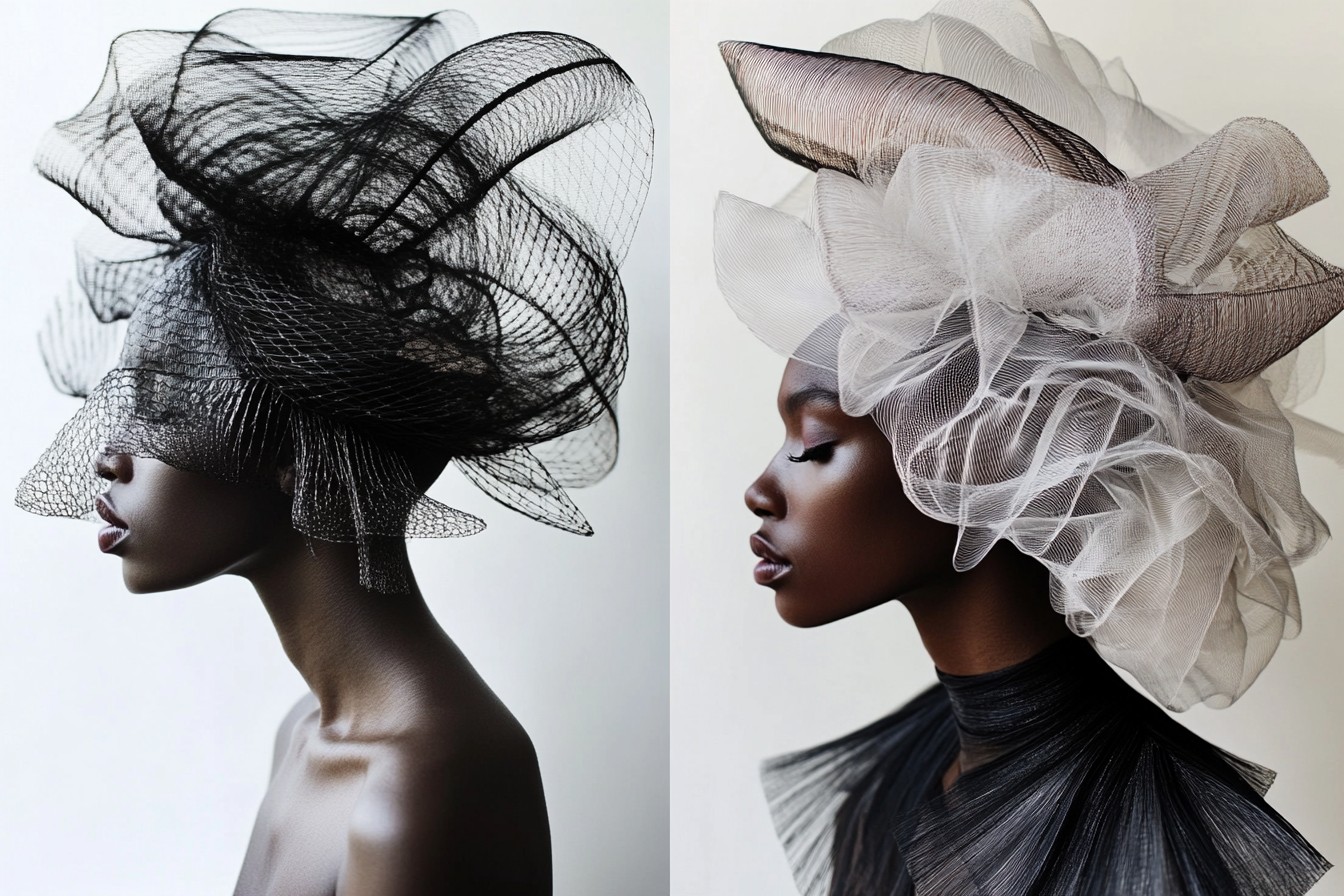
So what does modern wedding guest dressing look like in Britain today? I’d argue it’s broken down into a few distinct approaches, all of which are perfectly acceptable depending on the wedding in question.
For those who still prefer a more traditional route but want to avoid the pitfalls of the fascinator era, the dress-and-jacket combination remains a reliable choice. The key difference is in the execution—rather than matching sets bought specifically for weddings, it’s now about pairing a great dress you’ll wear again with a well-cut blazer that’s already a wardrobe staple. The “never wear it again” wedding outfit is increasingly seen as wasteful rather than respectful.
Reiss, Whistles, and Jigsaw excel at dresses that hit this contemporary-formal sweet spot—structured enough to look appropriate but designed well enough to transition to other occasions. Ghost has cornered the market in bias-cut silk dresses that manage to be both vintage-inspired and modern, while Reformation offers options that satisfy the growing demand for sustainability alongside style. The jacket can be as simple as a well-cut blazer (Sezane and &Other Stories do great versions at reasonable price points) or something more statement if the wedding has a particularly formal vibe.
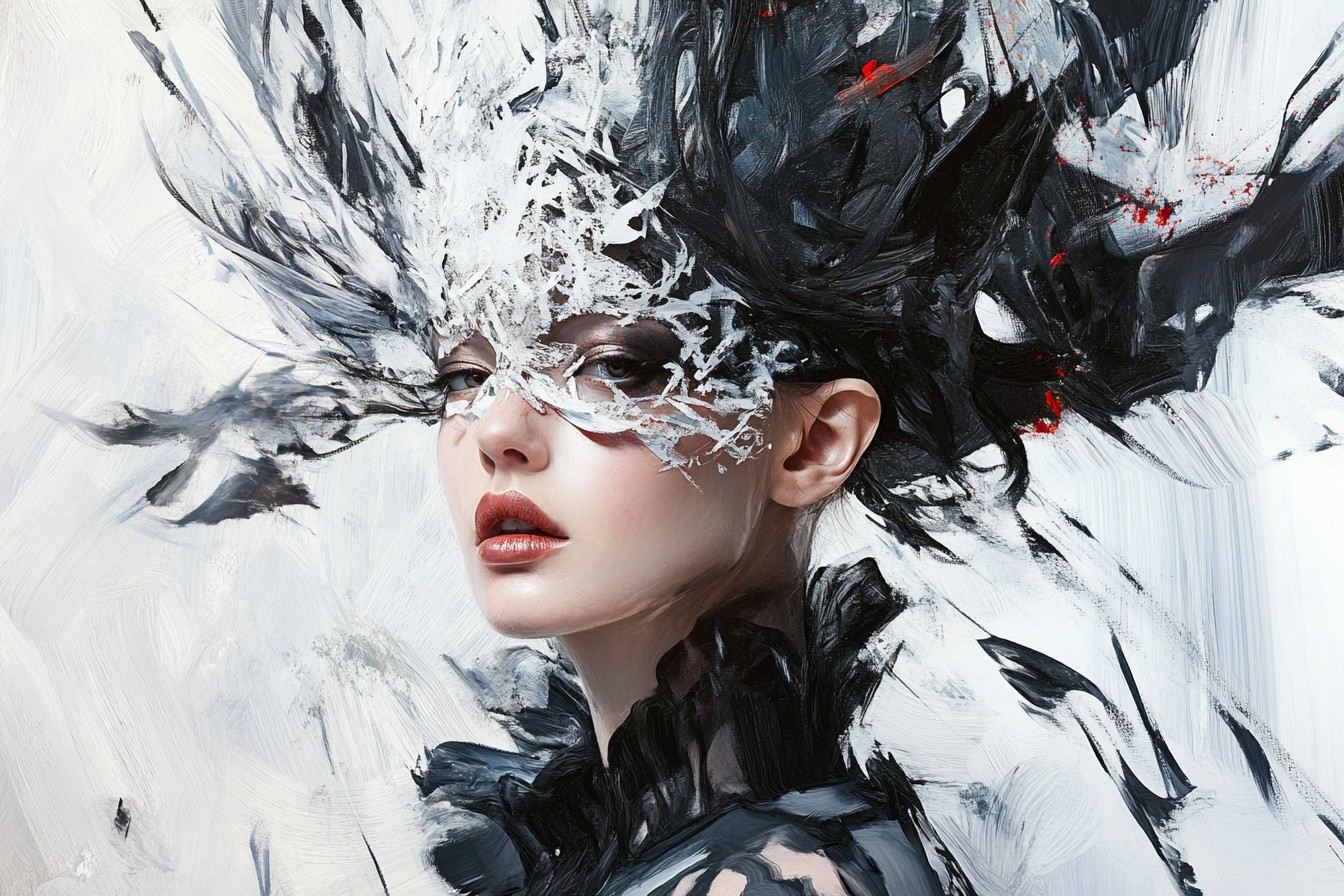
For those looking to move further away from traditional wedding guest territory, the jumpsuit has emerged as perhaps the single most revolutionary garment in modern occasion wear. It solves multiple problems at once: no need to worry about hemlines when sitting or dancing, generally more comfortable than a dress, and instantly more contemporary-looking than most formal dresses could ever be. Designers like Paul Smith and Victoria Beckham have included jumpsuits in their collections for years, but the high street has embraced them too, with Whistles and Phase Eight offering options specifically positioned as wedding appropriate.
I wore a midnight blue wide-leg jumpsuit to my friend Helen’s wedding last summer, paired with sculptural statement earrings and metallic block-heeled sandals. Not only was it the most comfortable wedding outfit I’ve ever worn, but it also prompted several other guests to tell me they wished they’d gone the jumpsuit route too. The bride later confessed she’d seriously considered a bridal jumpsuit herself, only vetoing it because her grandmother might have had heart failure at the concept.
The separates approach has also gained significant ground, particularly for weddings in trickier seasons like early spring or autumn when the British weather is at its most unpredictable. A beautiful silk or satin midaxi skirt paired with a fine knit or an elegant blouse offers versatility that a dress can’t match. When the registrar’s office is freezing but the reception venue has the heating cranked to tropical levels (a common British wedding experience), being able to adjust your layers becomes less about fashion and more about basic survival.
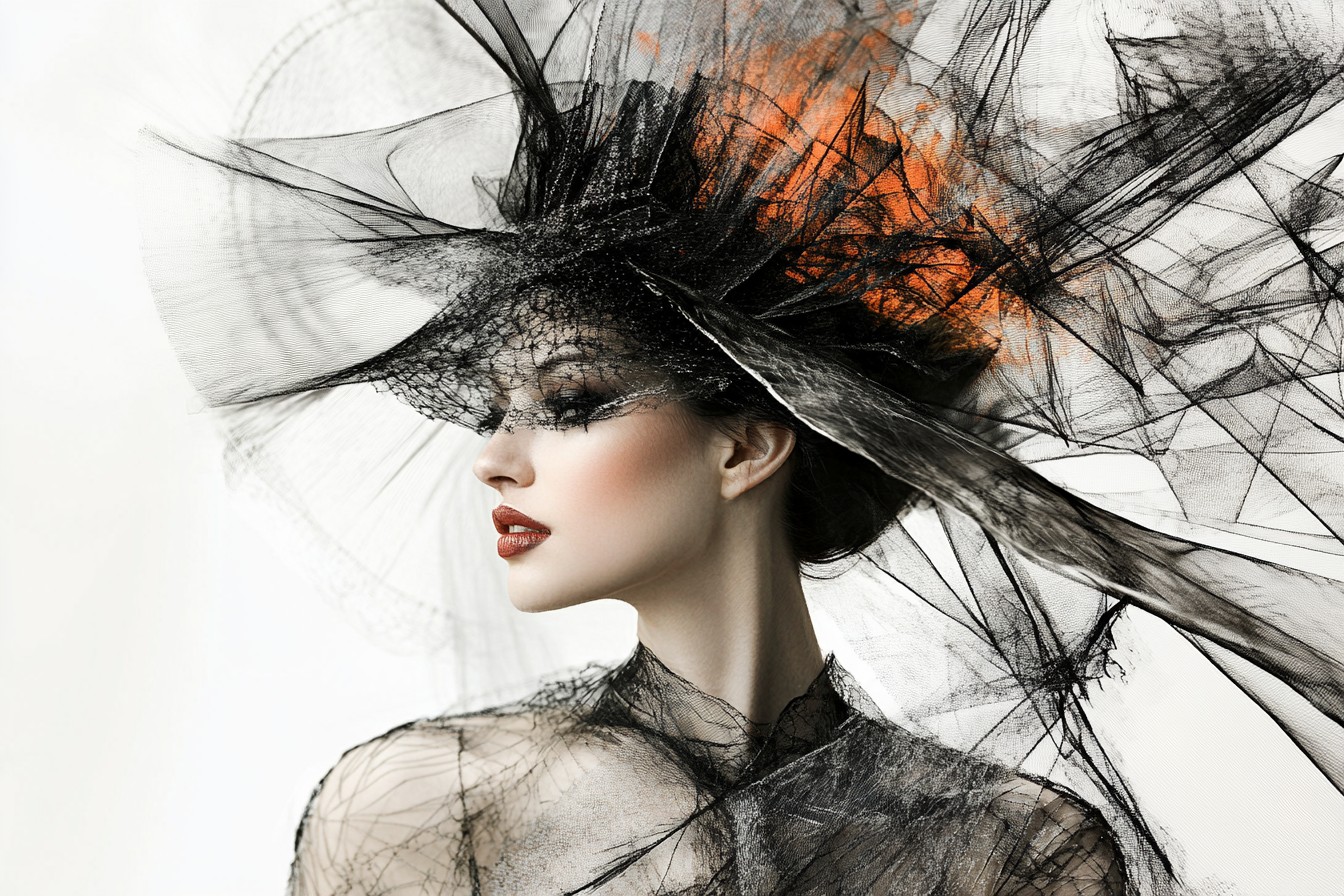
Cos, Arket, and Massimo Dutti offer excellent elevated basics that can be combined for a low-key but decidedly elegant wedding guest look. I’ve lost count of the number of fashion editors I know who’ve opted for good trousers and a special top for weddings rather than traditional dresses—it’s practical without sacrificing style, and every component can be reworn separately afterward.
For men, the changes have been equally liberating, if less immediately visible. The strict morning suit requirement has relaxed for all but the most formal weddings, replaced by well-cut suits in more interesting fabrics and colors. Navy has overtaken gray as the default choice, and textured fabrics like lightweight tweed or linen blends have replaced the formerly ubiquitous hire suit sheen. My partner wore a forest green suit to a wedding last month—five years ago, he’d have felt self-conscious, but now he was one of several men who’d ventured beyond the blue/gray/black safety zone.
Footwear has evolved perhaps most dramatically of all. The killer heels that rendered so many women immobile by the first dance have been largely abandoned in favor of block heels, fancy flats, or even high-end trainers for more relaxed celebrations. This isn’t just about comfort (though that’s a major factor); it’s a reflection of how dress codes in general have evolved. When even high-powered executives are wearing trainers to the office, the strict demarcation between “formal” and “casual” footwear begins to blur.

Color palettes have shifted too. The traditional pastel shades that prompted thousands of women to buy outfits in colors they’d never normally wear (myself and the lilac suit included) have given way to a more individual approach. Wearing black to weddings—once considered almost taboo—is now completely acceptable when styled thoughtfully. Richer, deeper colors like emerald, burgundy, and navy offer elegance without the Easter egg effect of traditional wedding guest palettes.
But what about accessories—those finishing touches that can elevate a simple outfit to occasion-worthy status? Here too, we’ve seen a move toward the practical and rewearable. Statement earrings have replaced fascinators as the facial focal point of choice—they frame the face, add impact to simple outfits, and crucially, don’t need to be removed when your head starts throbbing at the reception. British brands like Toolally and Chalk offer architectural styles that make an impact without breaking the bank.
Bags have shrunk from the traditional clutch (beautiful but infuriatingly impractical—where exactly are you supposed to put it during dinner or dancing?) to small crossbody styles or miniature top-handle bags that hold the essentials while leaving hands free for champagne glasses. Strathberry, Yuzefi, and Russell & Bromley offer options that work for weddings but don’t scream “special occasion only.”
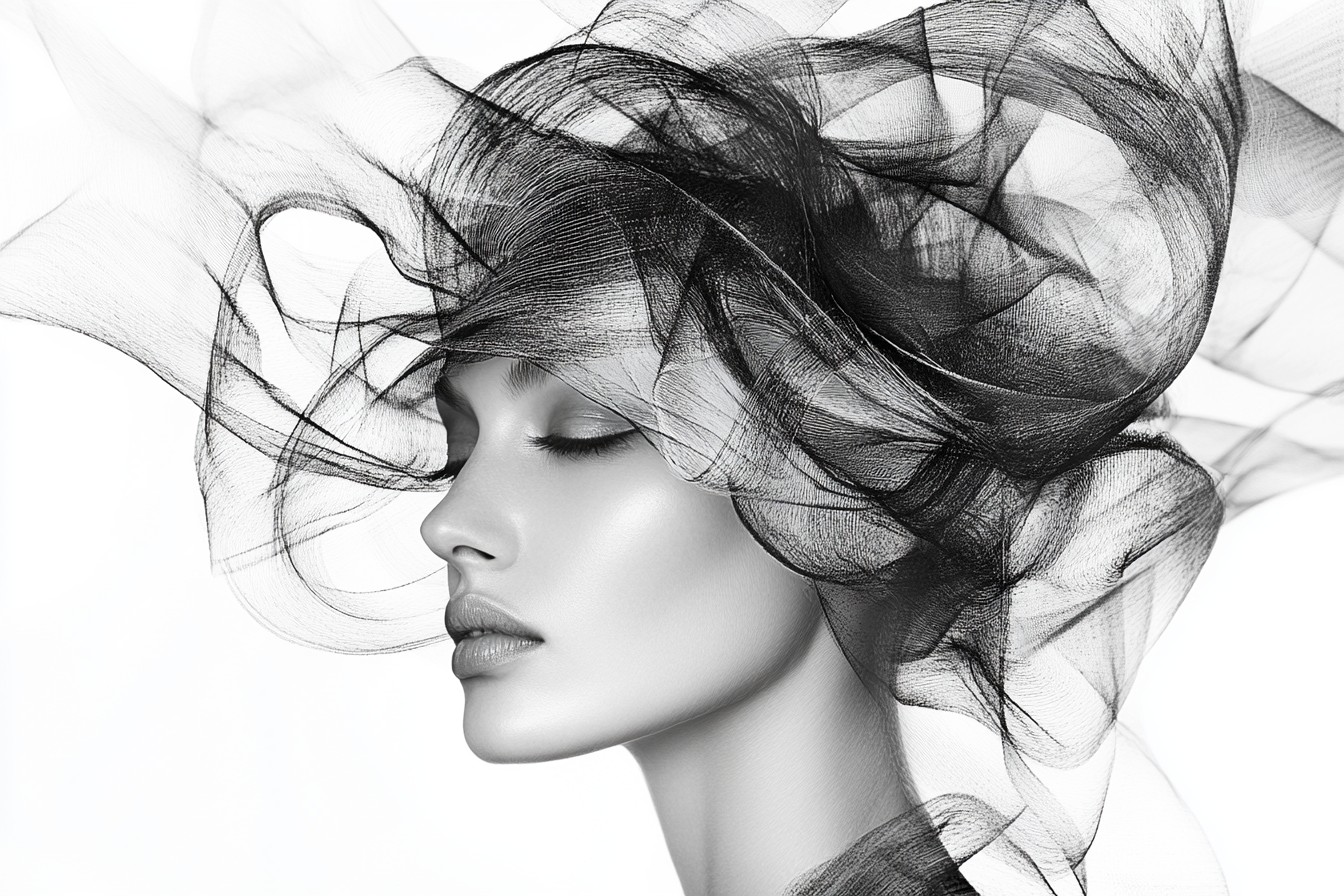
This evolution toward more practical, individual, and rewearable wedding guest attire feels like a positive change rather than a decline in standards. It reflects broader shifts in how we approach clothing generally—more thoughtful consumption, greater emphasis on personal style over prescriptive dress codes, and growing awareness of the environmental impact of single-wear outfits.
It also acknowledges something that perhaps wasn’t fully appreciated in the fascinator era: wedding guests should be able to fully participate in the celebration without being constrained by their clothing choices. What’s the point of looking perfectly formal in photos if you’re unable to throw shapes on the dance floor or have to leave early because your feet are bleeding?
That’s not to say appropriate effort isn’t still appreciated and expected. Weddings remain special occasions that deserve sartorial acknowledgment above the everyday. But “making an effort” no longer has to mean “wearing something that makes you uncomfortable, looks nothing like your normal style, and costs a fortune relative to its future utility.”
If you’re facing a wedding invitation pile this year and feeling the familiar panic about what to wear, my advice is simple: start with what makes you feel good. Rather than seeking out a “wedding guest outfit” as a separate category, look for elevated versions of what you already know works for you. If you never wear dresses in normal life, a jumpsuit or elegant separates will serve you better than forcing yourself into an unfamiliar silhouette. If you usually wear bright colors, don’t feel obliged to opt for insipid pastels. Your personal style doesn’t need to be checked at the door along with your confetti.
For my most recent wedding guest appearance—my university friend’s rather grand country house celebration last month—I wore wide-leg black evening trousers from Jigsaw that I’ve had for years, paired with a vintage 1970s ivory silk wrap top, chunky gold earrings, and comfortable block-heeled sandals. Nothing was bought specifically for the occasion, yet I felt appropriately dressed and, more importantly, completely myself. I danced until 2 AM without a single outfit adjustment or footwear emergency. No fascinator was harmed in the making of this wedding guest appearance.
The slightly alien-looking hair accessory, however, remains in my parents’ loft, a cautionary artifact from a more sartorially restrictive era of wedding guest dressing. May it rest there in peace forever.
Leave a Reply